The mismatch between the quoted and actual fuel economy of plug-in hybrids (PHEVs) is coming under greater scrutiny as EU authorities look to tighten the testing process in reaction to data harvested from the vehicles.
The EU and the UK (which copied over the legislation) have since January 2020 required all new cars to monitor and store fuel consumption data for inspection by authorities, including electricity usage for PHEVs, to be able to calculate more precise CO2 emissions figures.
PHEVs combine a battery with a petrol or diesel combustion engine to theoretically cut CO2 levels to under 50g/km in most cases – well below that of even the most economical hybrid without a socket. That in turn unlocks a range of tax incentives, the most generous of which in the UK is a discount on benefit-in-kind tax.
However, a number of recent studies have openly challenged whether the official testing procedure for PHEVs is so far removed from real-world reality that we’re actually incentivising the wrong technology.
The most recent, published by the International Council on Clean Transportation (ICCT) in December, following tests on a “representative” 2020 BMW X1 xDrive25e to work out where the modern WLPT test procedure was going wrong.
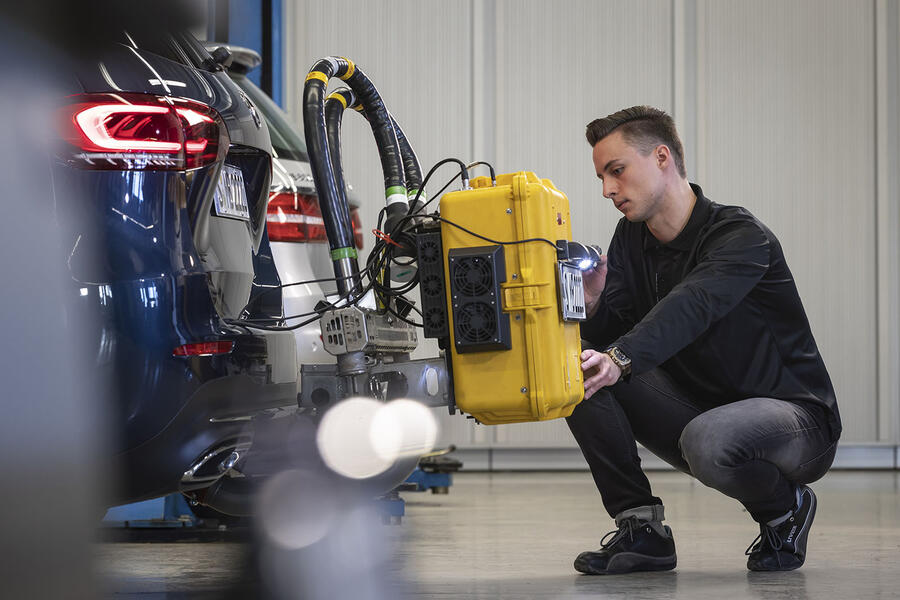
For Autocar Business webinars and podcasts, visit Autocar Business Insight
The testing discovered that an ambient 23deg C temperature was just too generous. At -5deg C, for example, CO2 emissions shot up to 94g/km, or 40 times higher, while the car was still in ‘charge depletion’ mode (ie. draining its battery of mains-supplied electricity). Add in driving in ‘charge sustaining’ mode and the figure should be closer to 122g/km, it reckoned, not 43g/km.


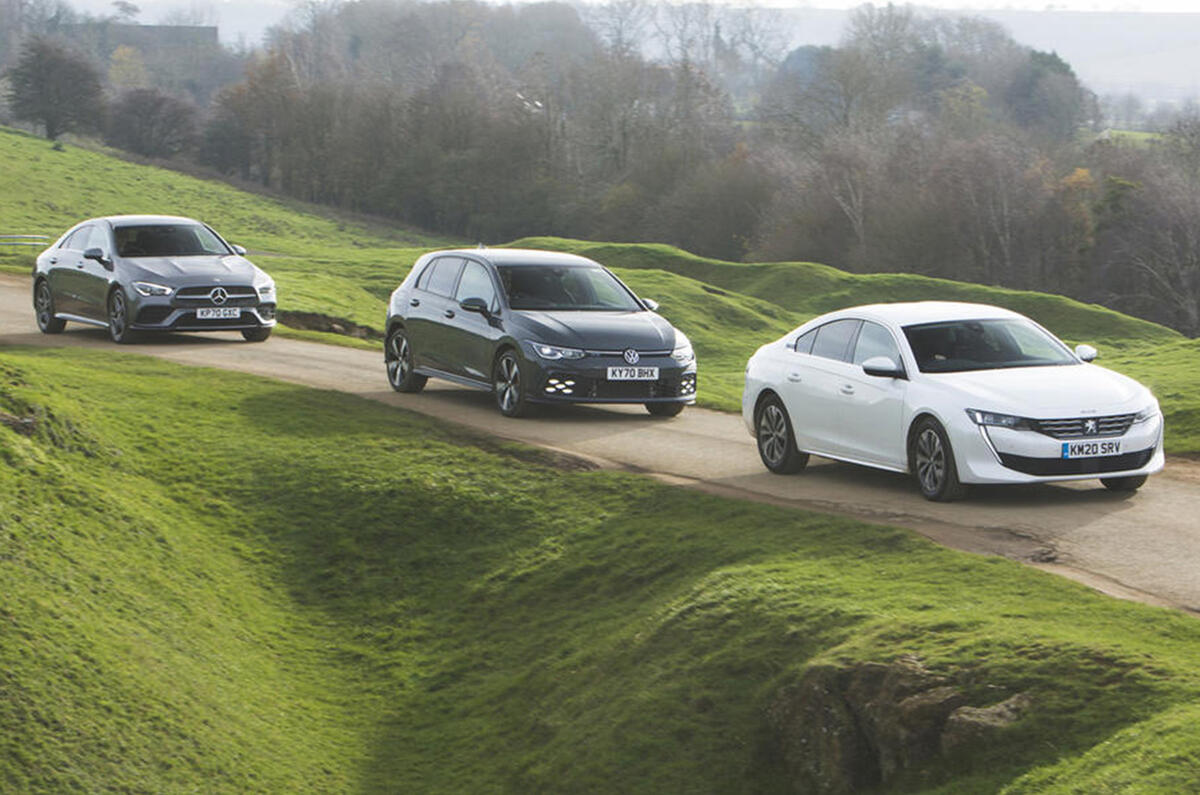





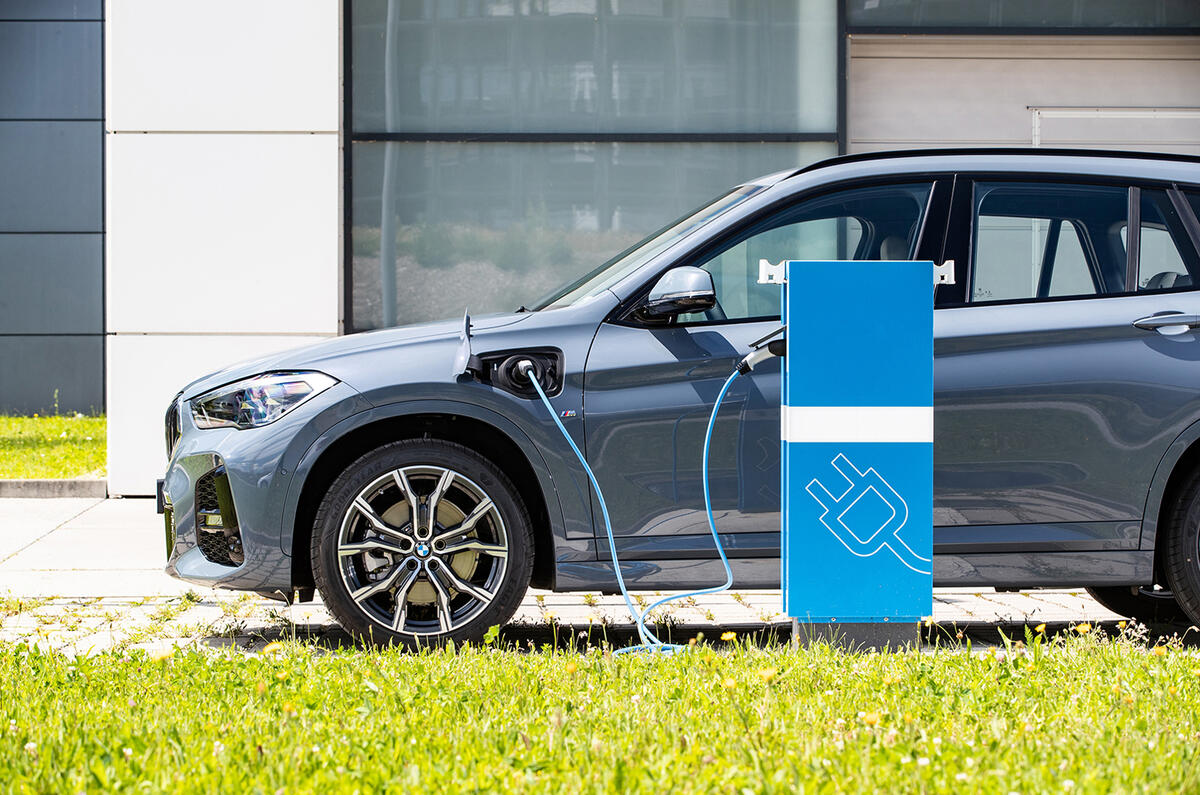








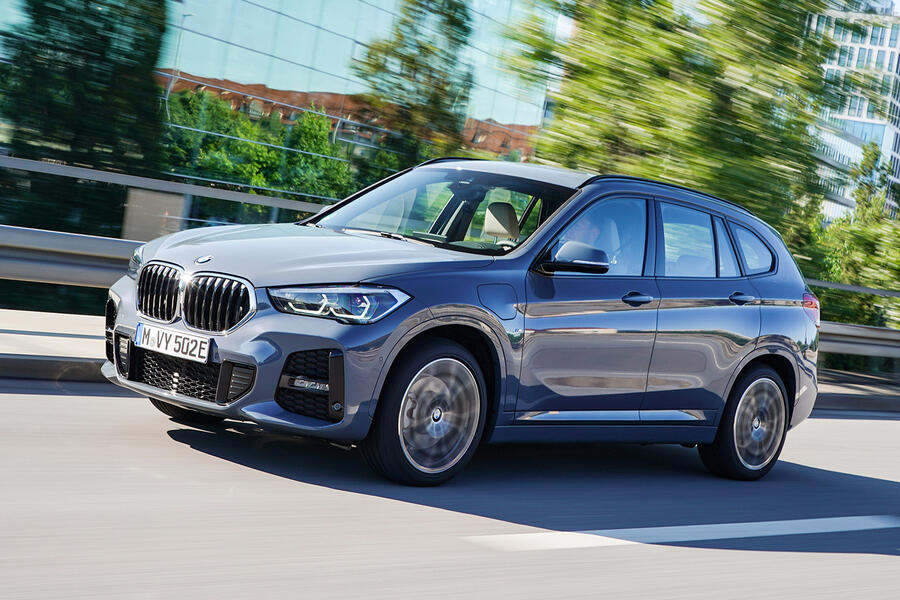
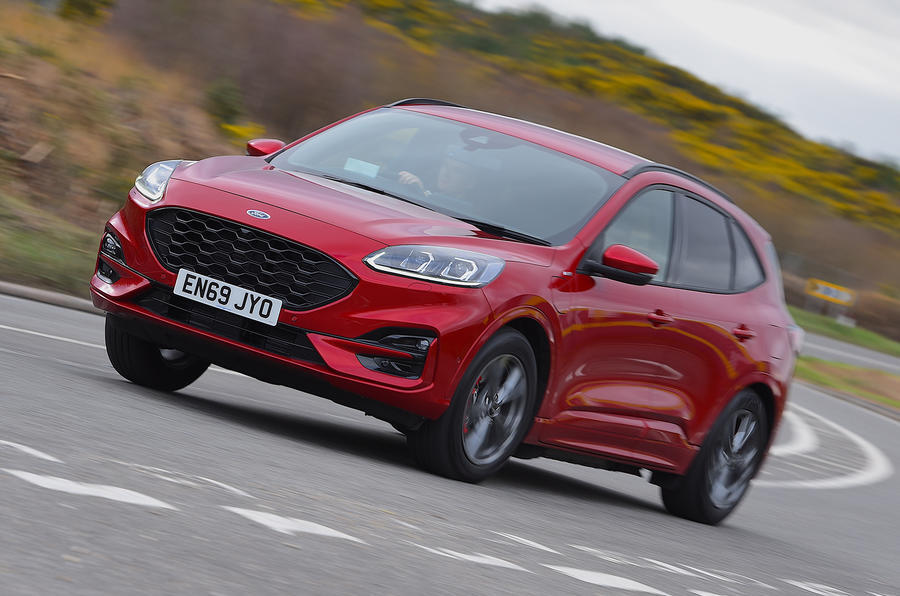

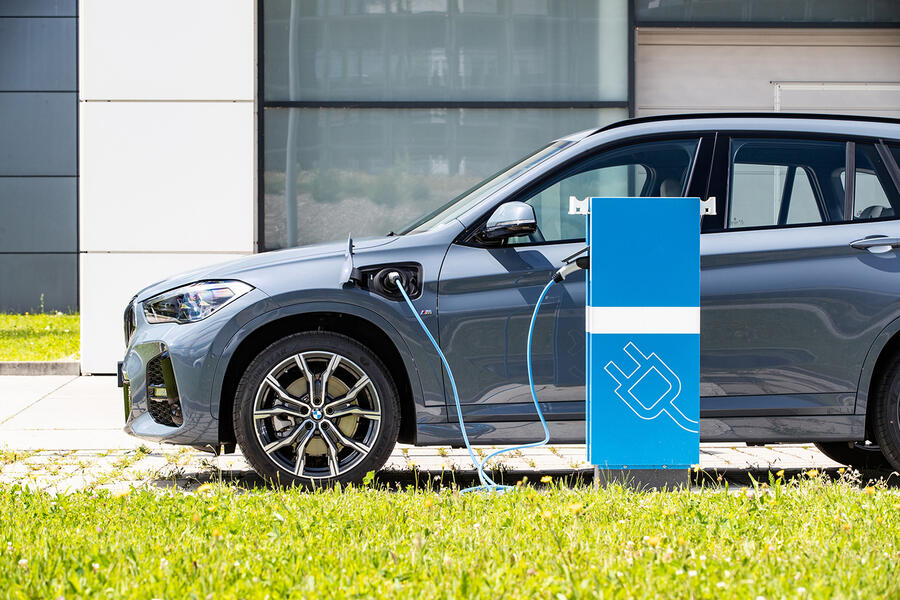



Join the debate
Add your comment
Are BEVs? - Gasoline hybrids in general get abysmal fuel economy when driven in a hard manner, but then so do BEVs. --- Diesel PHEVs not only get much improved economy compared to the counterparts described above when at the forceful extreme of the spectrum of drivers (who produce the majority of emissions) - but the hybrid system's linear torque curve works with that of the diesel engine to produce excellent dynamic abilities also, without the raw power wastage of a BEV.
'BEVs give abysmal when driven hard' really.. just what percentage of the time does a model 3 spend at 140mph and doing sub 5 second 0 to 60 times. Then there's the fact of how efficient electric motors are which rubbishes your comment regarding raw power wastage of a BEV.
What are you on about?! You've been sniffing too much diesel PHEV fumes. All cars are wasteful as they're heavy - at least BEVs don't poison people driving the lazy owners around in cities.
PHEVs have their place if driven/charged properly. The official figures are completely skewed, though, so it does need updating to reflect real life usage
As I've been saying for a while PHEVs are for tax dodgers only, as indicated by the BMW boss. How PHEVs quote better mpg than a LEAF is beyond me, roll on 2025 when they get found out.
Of course, that many company car users may indeed use phevs as a tax dodge, and that they shouldn't get the tax breaks they receive unless used as intended is definitely something that should be pursued.